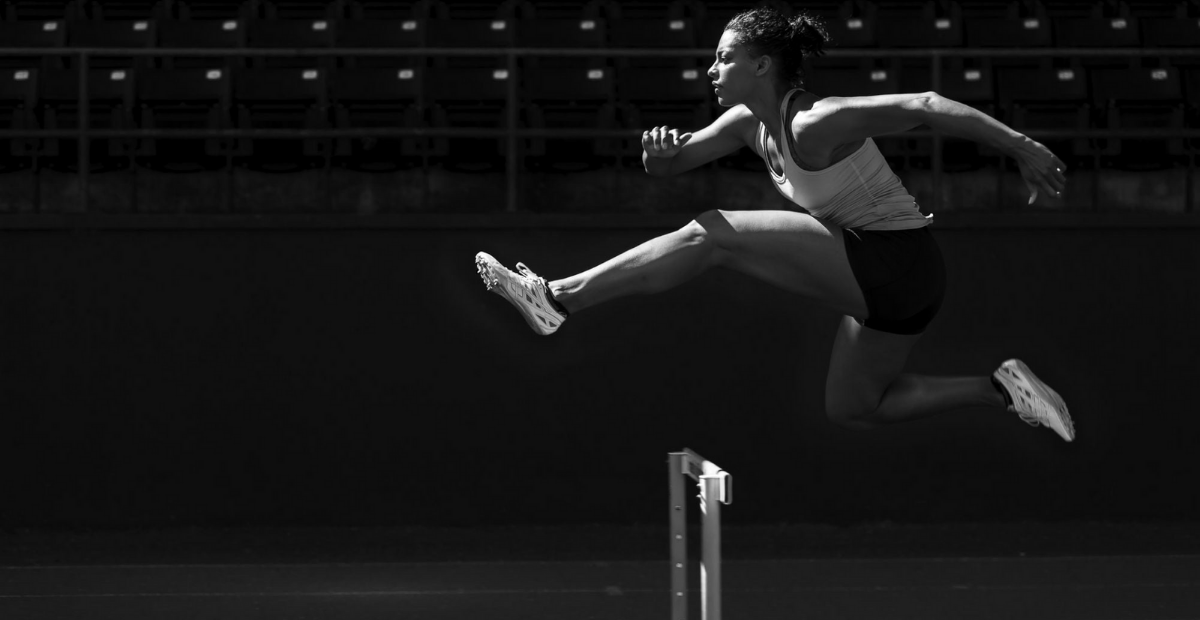Fitness & Wellness
How can practicing attentional focus improve your athletic performance

"Focus" or "Concentrate". Do you often hear these words on a football ground, cricket pitch or a tennis court? Have you wondered what you should actually focus on? Is it the ball, the racquet, the opponent or the technique?
Arousal levels of an athlete are often upheaved during competitions. If not dealt with, these heightened arousal levels may distract and have an adverse impact on an athlete's sporting performance. Various thoughts concerning competition outcome i.e. Who will win? What will happen if I perform badly? may distract an athlete. It is the ability of an athlete to focus and regulate their attention on the task at hand rather than the outcome to perform at their fullest potential.
Attentional Dimension
Nideffer (1976) differentiated between types of attentional dimension related to effective performance.
- Width of Attention: This refers to the amount of information an individual should process at a particular point in time. Width of attention falls along a continuum of broad focus to narrow focus
- Direction of Attention: As the name says it refers to the direction (internal or external) of the attention. Whether athletes should consider their own thoughts and feelings or pay attention to their surroundings, things around them.
- Broad External: This includes everything in your surrounding environment- i.e. the weather, crowd, training and competition ground, people around you, your competitors, belongings.
- Broad Internal: It refers to various thoughts about life, events, competitions, etc. These thoughts are mainly about the past and future events in life.
- Narrow External: It refers to paying attention to your skills and techniques, competition strategy, training plan.
- Narrow Internal: You focus on your feelings, thoughts and physiological reactions e.g. breathing, thirst, feelings & thoughts about the present moment.
How to practice each type of Attentional Focus to enhance your performance:
- Broad External: Plethora of things in your surrounding may affect your performance but not each of those things are in your control. Therefore, it is essential to focus only on things that are in your control. For instance, you can focus on making a checklist and accordingly pack your belongings to be prepared for the training or the competition instead of focusing on the weather, crowd, etc. that is out of your control.
- Broad Internal: Visualise your competition strategy, training plan, or skill routine or develop a pre-performance routine to mentally prepare for the competition or training. This exercise will also help you to regulate unhealthy negative thoughts that blocks you form achieving your performance goal.
- Narrow External: Use instructional cues or developing pre-shot routine to perfect your skill. For instance, an archer use deep breathing before each arrow, a tennis player can use positive self-talk before each serve, a swimmer can listen to music before a dive.
- Narrow Internal: This type of attentional focus is important while you are playing or moments before your competition. You can practice mindfulness to become aware of your present thoughts and feelings
Athletes often skip between different types of attentional focus. This may result in distraction or focusing on task-irrelevant things leading to under-performance. Therefore, it is fundamental for sports players to know the various types of attentional focus and understanding which type of focus is helpful at different stages of training and competition. You can also take sports psychology assistance to train your attentional focus to reach your fullest potential.
Also read: 5 tips to take better care of your mental health this New Year.






